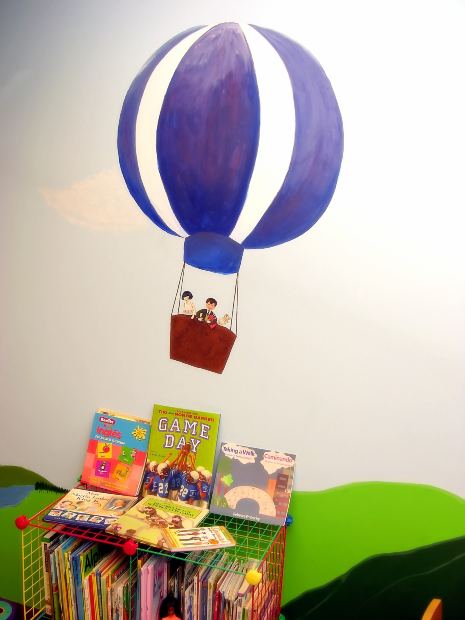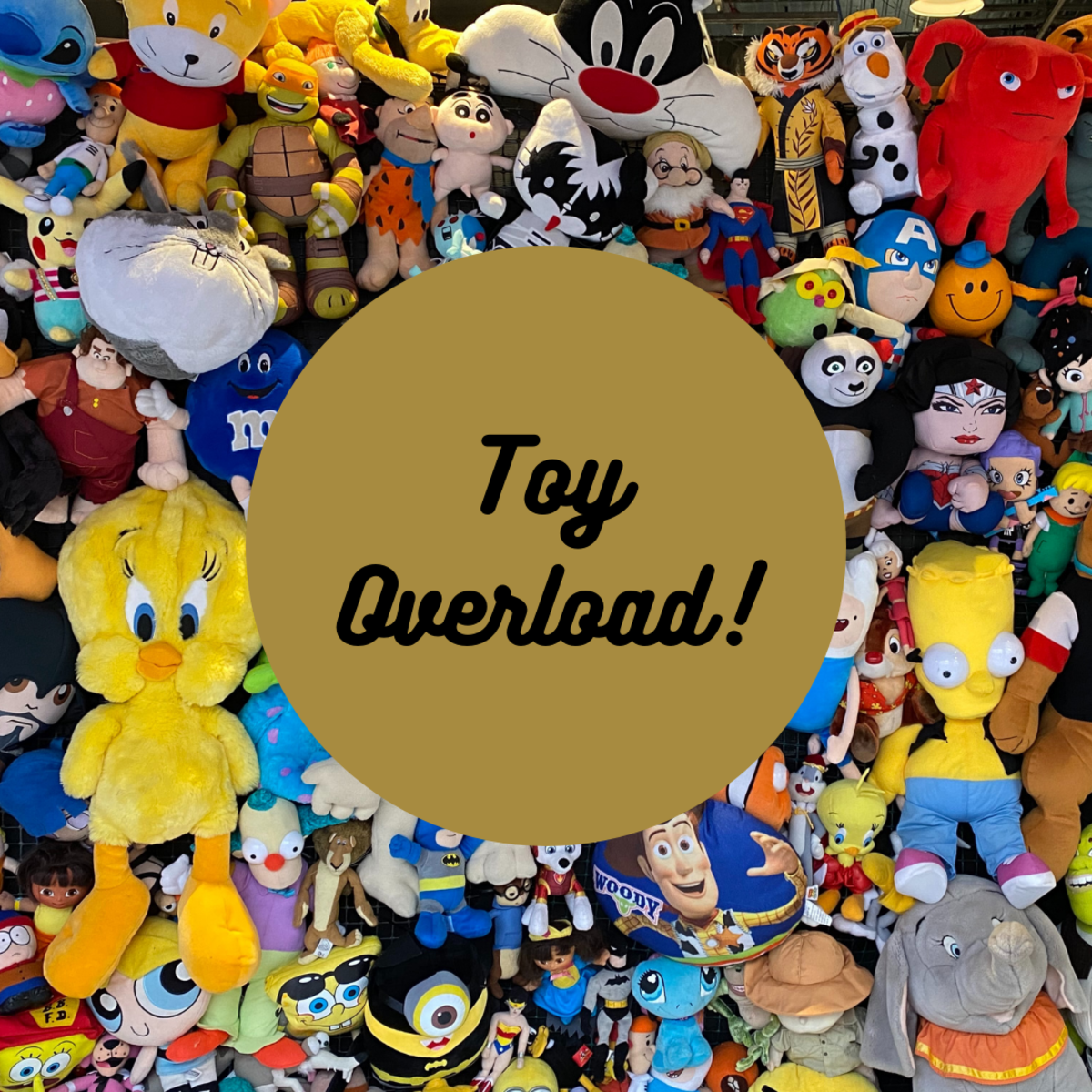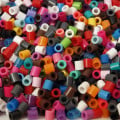Organizing the Perfect Playroom for Your Child

Feng Shui Tips for Success
A child needs the safe haven of the home where play and relaxation can take place. Children need to be able to make up their own games, use their imaginations and fill their space with ideas and fun.
When you are designing your children’s play area, you can use a lot of creativity with layout and you have more leeway with color choices. For example, primary colors (in pure form) are not great choices to use in bedrooms’ but they can definitely be used in a play area. Children spend less time in this space so circus-like colors such as red, bright blue, bright yellow, orange and Kelly green, are fine to use. Just don’t over use them! Also, when you are deciding where to locate the playroom make sure it is not far away from the main activity of your home. If you are going to have it in the basement, make sure you include some adult space so you can be nearby. Many people design fabulous playrooms in the basement, and the children do not want to be that far away from the action or adults. One of the best locations is in a extra room on the ground floor so supervision is easy and the children feel like they are close to you.
Even though the play area is a creative place to unwind and play, organizational systems are still a good idea. If the room is cluttered and a general disaster area, children usually feel overwhelmed and end up walking around picking up toys only to drop them in unfocused play. Merchandise the play area like you were going to show it off at an open house, and watch your children positively respond. Try to teach them to put back a group of toys before moving to the next activity.
Tips for Organizing Your Playroom:
- Keep the Space from Being Overcrowded
Playrooms can be overwhelming with all of the visual stimulation, so it is important not to overcrowd shelves with too many toys. Leave enough breathing room for children to interact and enjoy playing. Also, leave some empty space for a visual break, this will help your children with focus and keep them from being over-stimulated and cranky.
2. Set Up a Reading Area
If your space allows, create a reading corner or area where your child can be comfortable and relax. Large floor or body pillows work great on top of a soft rug. Positioning a bookshelf beside the area is a good idea; just make sure the shelf is not so large it feels like it is looming over the little people when they are trying to read.
3. Merchandise the Toys
When you are arranging your toys on the shelves, think like a merchandiser for a department store. If the shelves are too over-crowded with toys your children will either want to knock them all down or become desensitized visually and not play with any toys. If you have too much to display, create a bin you can store in another place and switch toys out every three months. Always recycle toys your children have outgrown to keep the energy light in the room. A good idea is to create a few small bins in the closet with toys that are for children in other age groups; so when you have visitors or playgroups you have some toys for everyone. Set up a plan where you continually keep some toys hidden and then recycle.
4. Group Like Toys Together
Grouping like items together will keep your room organized and will enhance your child’s creativity. For example, group all wooden blocks of all shapes and sizes together. Locating the Lego blocks nearby is a good idea so they can be mixed to add different textures. A client of mine talked about how neat it was when she was growing up to create whole cities with blocks, cars and little people.
Large, clear containers (ones you buy bulk food in) work great for play dough tins, toy cars, small dolls and their accessories, and action figures. Medium-sized bins are great for markers, pencils, scissors, construction paper, crayons and glue sticks. It is a good idea to store this bin on a top shelf in the playroom so (depending on the age) children can use it with permission.Three-tiered shelves work well for stacking toy bins or containers so they can be easily reached and can’t be pulled over on top of children.
5. Use a Play Table with Multiple Chairs
A large play table with chairs will provide a solid surface for puzzles, games or drawing. It is also a great place for a healthy snack for children to share. Also, if the room is not carpeted, use an area rug so there is a soft area to sit or lay down. If you can put a play rug under the table for art project or snack spills.
Another tip is to try to balance play time with a snack or lunch afterwards, in another room, for a chance to mentally and physically unwind. If your child is playing with another friend, check for cues that they are starting to get cranky, nip it in the bud, and send the other child home. Stay on top of what is happening in the play room at all times.
Make sure your child has adequate time to unwind, rest, play and just “hang out.” Designing this amazing space for your child ill allow them to enjoy their own space and give you some freedom to have fun with creative parenting! Enjoy!






